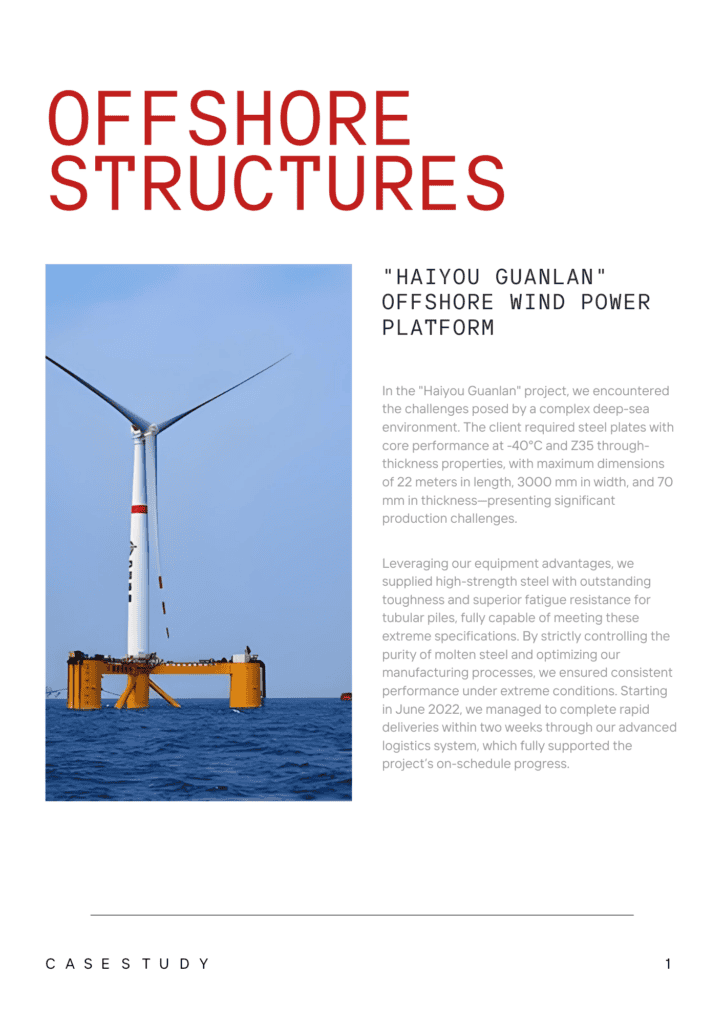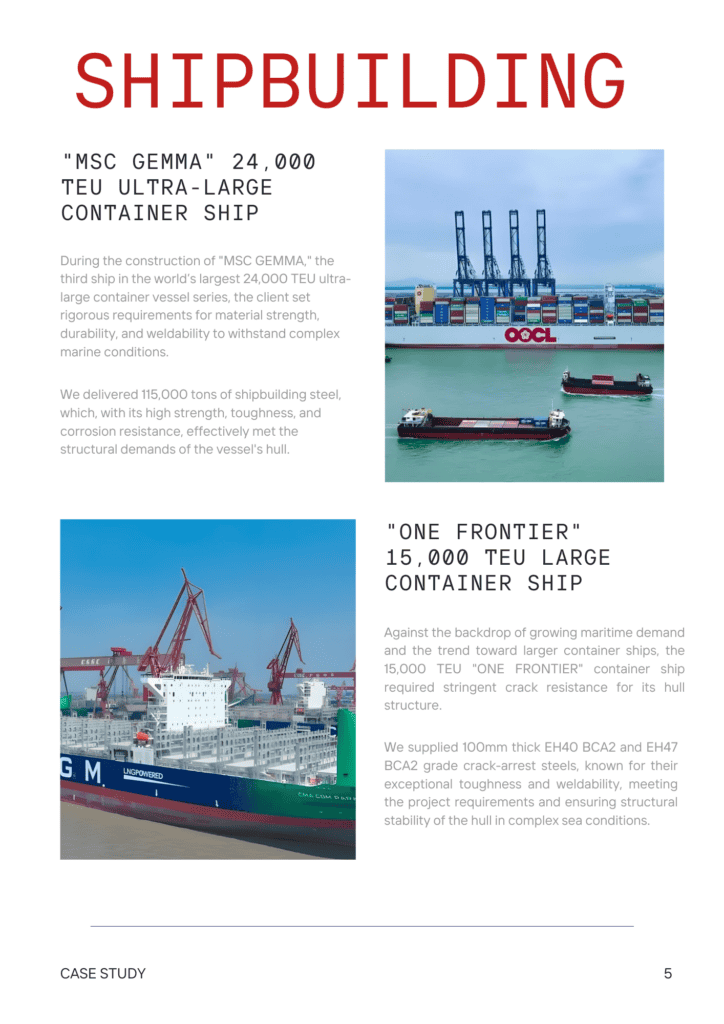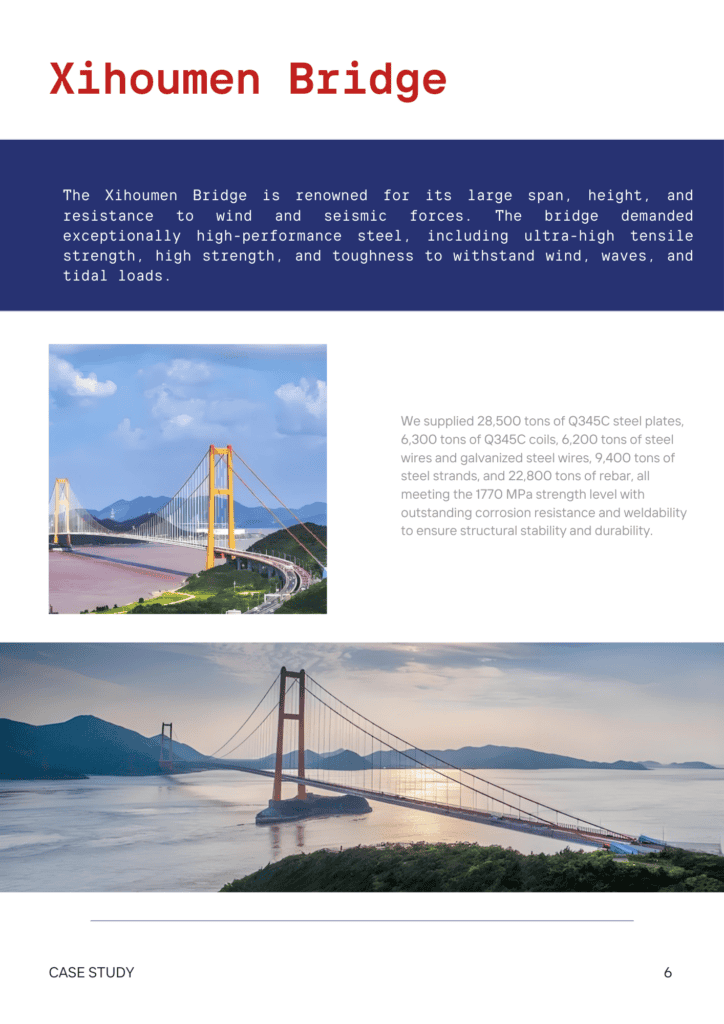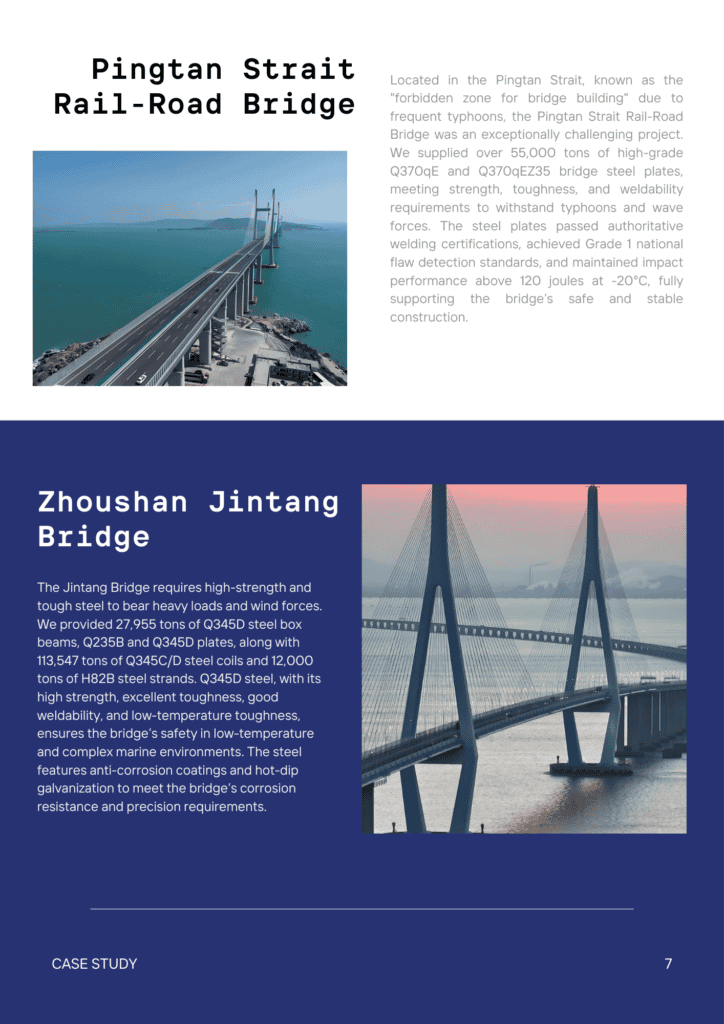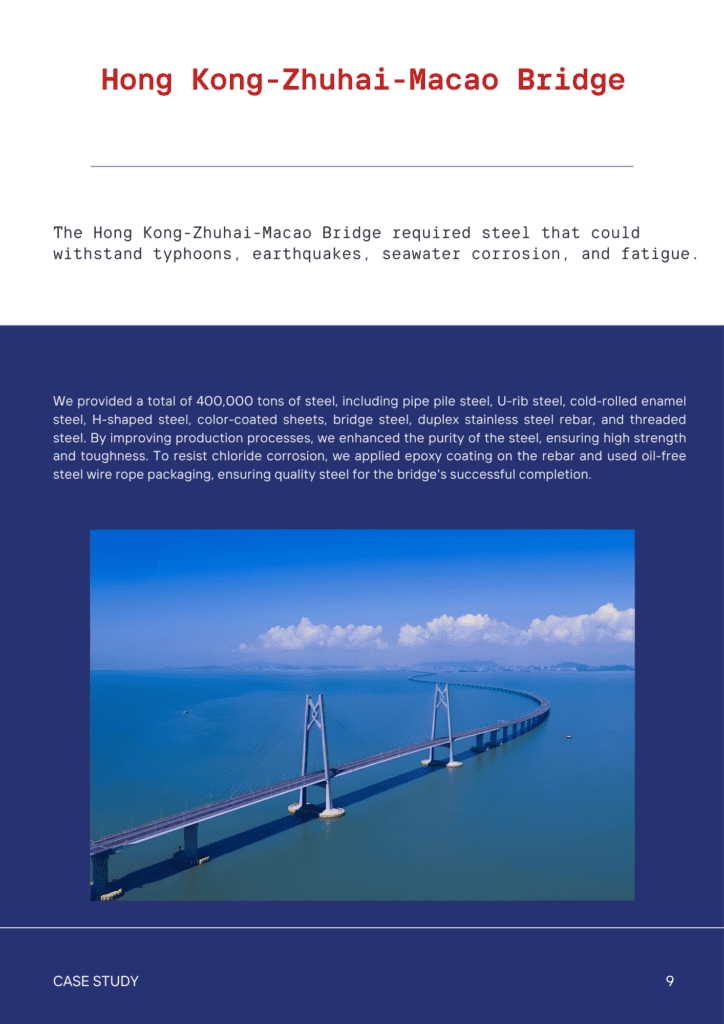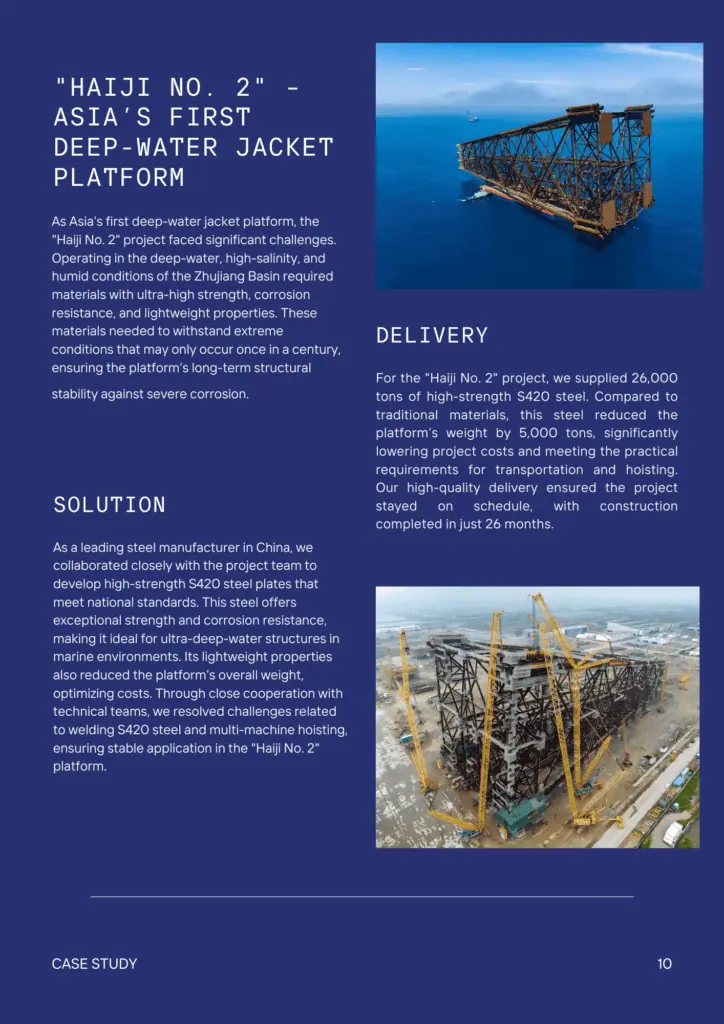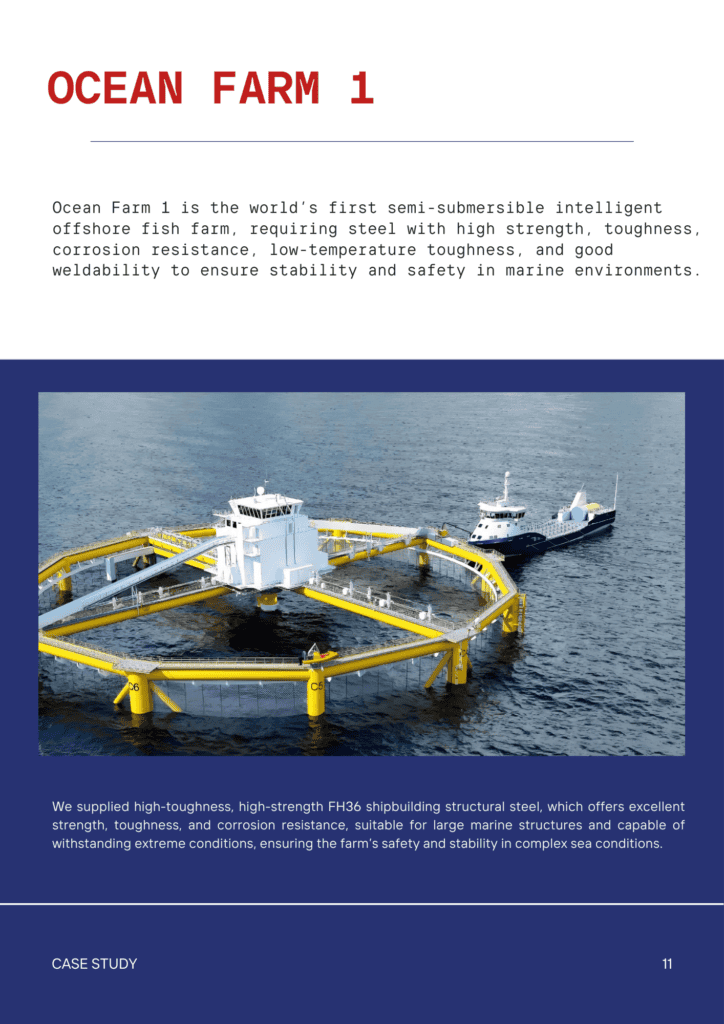Contents
Heat Treating Tool Steel: Guide for Process
- John
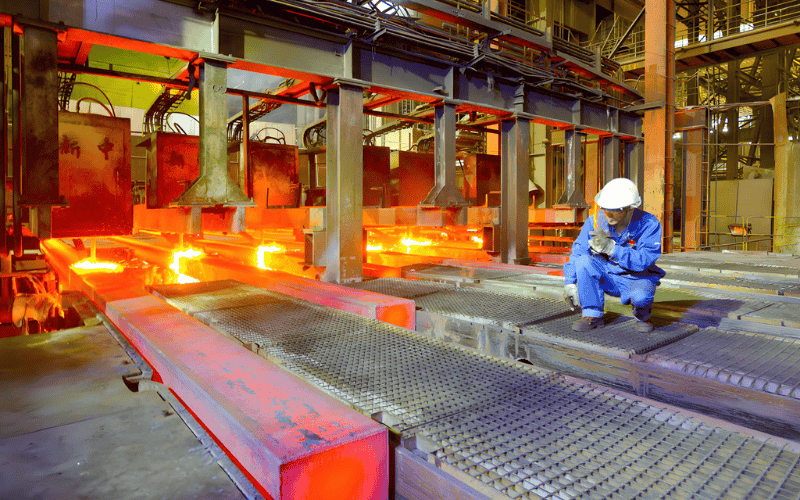
Tool steel is essential in manufacturing, known for its hardness, wear resistance, and ability to withstand high-stress environments. From cutting tools to industrial machinery, its performance hinges on one critical process: heat treatment.
At SteelPro Group, we offer tool steel in both annealed and pre-hardened states. Our experts can also provide detailed heat treatment advice to ensure optimal hardness, toughness, and durability.
Heat Treatment of Tool Steel
Heat processing is an essential procedure involving the heating and cooling of alloys to attain the desired mechanical characteristics. This process for tool steel typically includes several key steps: annealing, preheating, austenitizing, quenching, and tempering.
How to Heat Treat Tool Steel?
- Forging is typically performed on tool steel before heat treatment. The process aligns the grain structure, reduces internal stresses, and ensures uniformity, resulting in better performance after heat treatment.
Annealing — Softening Tool Steel
Process:
- Heat the steel to a specific temperature, typically between 700°C and 900°C, depending on the steel type.
- The steel is maintained at this temperature for some time to enable complete transformation.
- Finally, the steel is gradually cooled, often within the furnace itself, to avoid thermal shock and achieve the desired softening effect.
By reducing hardness and brittleness, annealing makes the steel easier to machining or forming. It also helps achieve uniformity in the microstructure, which is essential for further heat treatment.
Hardening — Increasing Strength and Wear Resistance
- Pre-heating
Preheating is not a part of the actual hardening reaction but serves to minimize thermal shock, reducing the risk of distortion, warping, or cracking. Intricate tools and high-speed steels are often preheated in two steps.
- Austenitizing
Heating tool steel to the austenitizing temperature range of 760°C to 1300°C (1400°F to 2400°F). The target temperature varies depending on the type of tool steel.
Achieving the correct austenitizing temperature is critical. Because too low a temperature will result in incomplete transformation to austenite, while too high a temperature can lead to grain growth, reducing the material’s toughness.
- Quenching
After austenitizing, the steel is rapidly cooled in a quenching medium—commonly oil, water, or air. The cooling rate must be carefully controlled, as insufficient quenching may result in incomplete transformation or warping.
- Oil Quenching
Oil quenching involves submerging heated steel in oil to achieve rapid cooling with a moderate rate. This method is often used for tool steels to minimize distortion and cracking, as oil cools slower than water, providing a more controlled solidification.
- Water Quenching
Water quenching cools steel much faster than oil, making it suitable for steels that can tolerate rapid cooling. It offers high hardness but increases the risk of cracking or warping due to the more aggressive cooling rate.
- Air Quenching
Air quenching is a slower cooling method where steel is cooled in ambient air or forced air. This process is used for alloys designed for this purpose, like certain high-speed steels, which require less rapid cooling to avoid distortion while achieving optimal hardness.
Tempering — Reducing Brittleness and Improving Toughness
Process:
- Reheat the hardened steel to a specific temperature, typically between 150°C to 700°C (300°F to 1300°F).
- Hold at the target temperature for a specific duration, which may range from 30 minutes to several hours.
- Cool the steel at a controlled rate, typically in air or oil, to achieve the desired mechanical properties.
The tempering temperature directly influences the final mechanical properties of the steel. Lower tempering temperatures make the material harder but less tough, while higher temperatures make it tougher, though slightly softer.
Considerations When Heat Treating Tool Steel
Surface Protection During Austenitizing
Exposure to oxygen during the austenitizing process can cause scaling and decarburization, leading to a permanent loss of hardness at the tool’s surface. To avoid these problems, it is crucial to provide surface protection.
Common methods include using vacuum furnaces, controlled-atmosphere furnaces, or neutral salt bath furnaces. Another option is to wrap the tool steel in stainless steel foil to minimize exposure to oxygen.
Size Changes During Heat Treatment
Heat treatment inevitably causes size changes in tool steels due to the changes in their microstructure. Most tool steels experience growth ranging from 0.0005 to 0.002 inches per inch of their original length during the process.
Residual Austenite
During quenching, the transformation of austenite to martensite may not be complete. For example, D2 tool steel may retain over 20% of austenite after quenching. This can cause internal stresses or distortion. To address this, techniques like cryogenic treatment can be used to convert the residual austenite into stable martensite.
Low-temperature treatment, also known as subzero or cryogenic treatment, is used to improve the properties of tool steels. This process cools steel to very low temperatures, usually below -70°C (-94°F). It helps reduce residual austenite, making the steel harder, more wear-resistant, and more stable over time.
How Heat Treatment Alters the Microstructure of Tool Steel?
Heat treatment works by altering the microstructure of tool steel at the atomic level. During the process, it creates phases such as austenite and martensite that enhance its performance in various applications.
Austenitizing
When tool steel is heated to the austenitizing temperature, the steel transforms its initial crystalline structure (ferrite or pearlite) to austenite. In this phase, carbon atoms dissolve into the iron, allowing the steel to reach a higher hardness upon cooling.
Martensite Formation
Upon rapid cooling (quenching), the austenite transforms into martensite. The cooling process prevents the carbon from diffusing out, causing the iron atoms to arrange in a body-centered tetragonal (BCT) structure, which is much harder and stronger than austenite.
The martensitic phase significantly increases hardness and wear resistance, making the steel suitable for cutting tools and high-stress applications.
Refining Martensite
During tempering, the steel is heated again to a lower temperature. It allows some carbon atoms to precipitate out and stabilize the structure. This procedure minimizes internal strains, making the steel less fragile while maintaining much of its toughness and durability.
Tool Steel Solutions with Annealed & Pre-Hardened Options
At SteelPro Group, we offer high-quality D2, H13, and T1 tool steel plates, rods, and bars in both annealed and pre-hardened states. Our expert team is ready to provide professional guidance to meet the specific needs of your project, ensuring optimal material selection and performance.




